It’s been decades since either Disney or Universal opened a new theme park on American soil… and in those decades, game-changing innovations in ride systems, guest-facing technology, and industry best-practices have changed by leaps and bounds.
Now, just over the horizon, those decades of innovation and imagination appear ready to coalesce on the first from-scractch major U.S. park born after the Wizarding World reset the rules of themed design. Universal’s Epic Universe looks to be a best-of, portfolio-defining park maked by immersive, blockbuster themed lands and cutting edge E-Tickets based on some of the world’s highest-earning franchises.
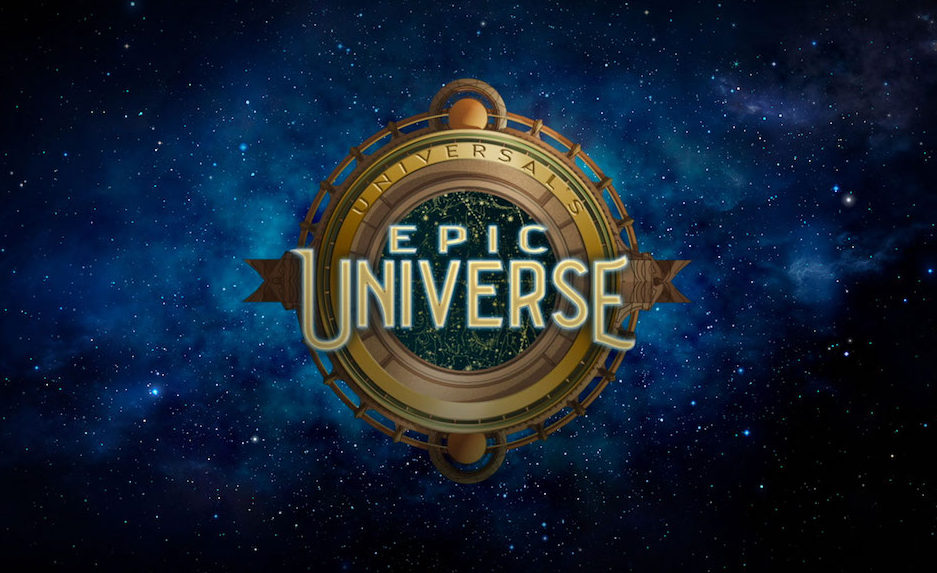
You can see it in the stars: Universal’s new multi-billion dollar theme park looks likely to command international attention, shifting the gravity of a visit to Orlando. Strangely, though, the only one who doesn’t seem to be focused on the possibilities of Epic Universe is the company expected to be most affected by it… At least as of late 2022, Walt Disney World’s slate of announced projects goes totally blank just before Universal opens its brand new theme park.
Is Disney throwing in the towel and letting Epic Universe take center stage? Or is something more subtle happening here? Why doesn’t Disney seem worried about the massive new project miles from its flagship resort and developed by its only serious competitor at the top of their game?
Let’s get caught up. The story of Epic Universe – and Disney’s (lack of) response to it – is as old as the story of Universal’s plans for a park in Central Florida…
The Studio Wars
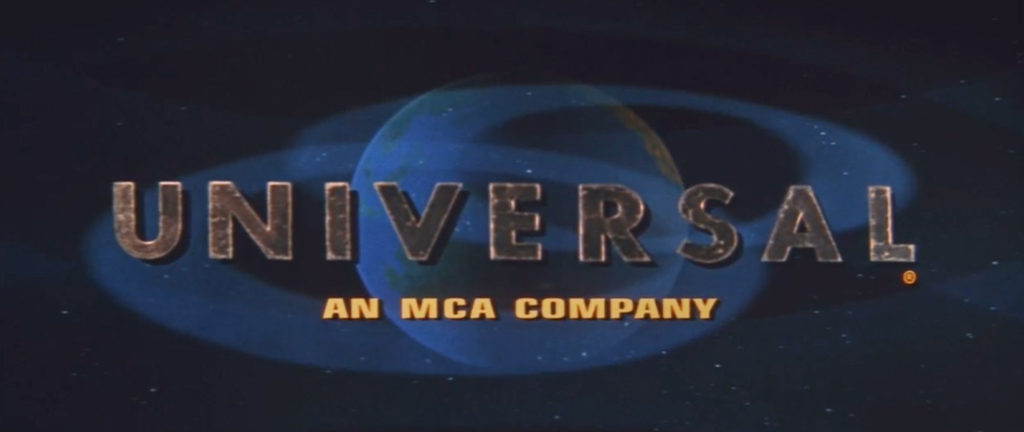
In the mid 1980s, MCA – owners of legendary film studio Universal – began to get serious about long-gestating plans for a brand new movie studio & theme park in Florida.
It made some amount of sense. After all, Universal’s real, working film studio and backlot in Hollywood, California had become something of a tourist phenomenon thanks to its fabled Studio Tour – a tram-led journey through famous film sets that had launched in 1964. In the decades since, increasingly-elaborate special effects demonstrations and staged encounters with Jaws, an Earthquake, and King Kong himself had become hallmarks of a tourist visit to Tinseltown, putting Universal Studios on the map.
But even as Universal Studios ceded more space to its visitor-facing endeavors and more backlot soundstages to its Studio Tour, MCA grew increasingly hungry for some more. By the late ’70s and early ’80s, MCA had gotten serious in its bold assertion that Universal could hold its own with a from-scratch, movie-centered theme park in the growing tourism hub created by Walt Disney World itself…
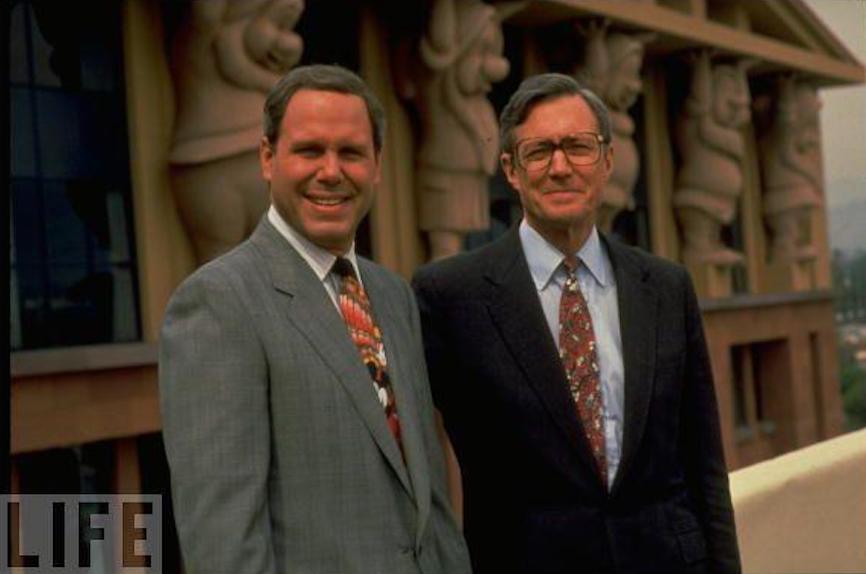
Of course, things got a little more complicated when, in 1984, a down-on-its-luck Walt Disney Productions made a massive move, hiring former Paramount CEO Michael Eisner and Warner Bros. executive Frank wells to take the reigns of the Mouse House. The Board hoped that Eisner could use his success in the film industry to right the sinking ship of Disney’s own production company, and its animation studio and theme parks along with it.
Suffice it to say: it worked. The late ’80s and early ’90s were an impossibly-scaled, blockbuster era for Disney, filled with acquisitions, partnerships, expansions, box office dominance, and theme park investment that literally evolved it from the film-focused and floundering Walt Disney Productions of the early ’80s to the modern, multimedia Walt Disney Company we know today.
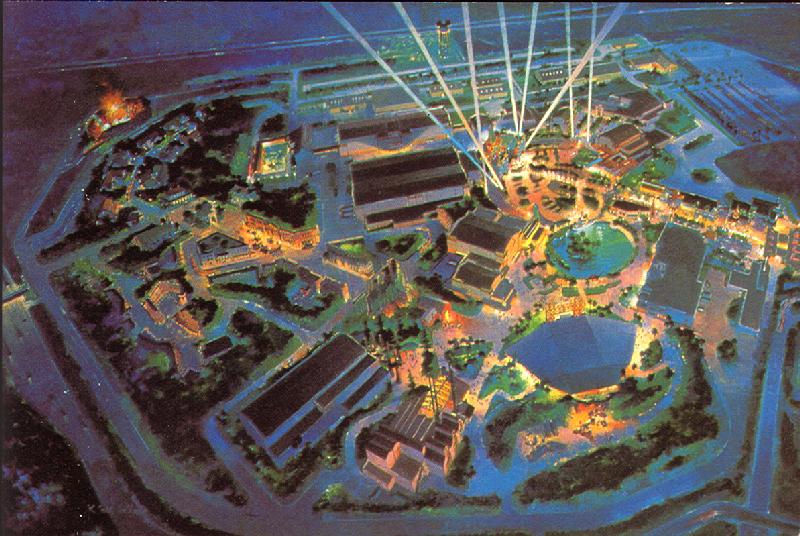
Allegedly having been tipped off to Universal’s plans for a Florida studio while at Paramount, Eisner launched a preemptive strike: the Disney-MGM Studios. Literally stealing the concept of a tram-led tour right from underfoot, Disney’s own third theme park was fully centered around the Declassified Disaster: The Backstage Studio Tour whisking guests through “real” production facilities in single a multi-hour attraction.
If the move was meant to scare Universal off, it failed.
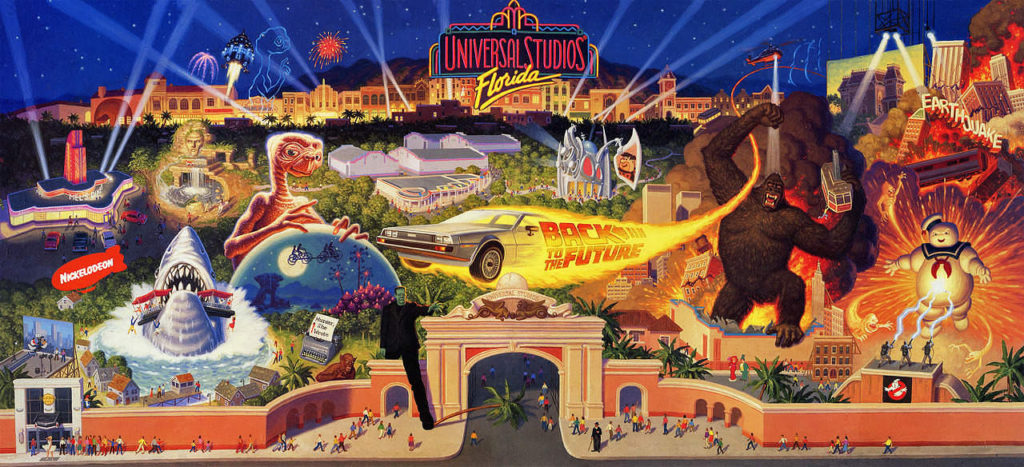
Instead, Universal merely revisited its own plans, downplaying the “real, working studio” and tram tour and instead splitting the components of its Hollywood tram ride into standalone E-Tickets – the Lost Legends: Jaws, Kongfrontation, Earthquake, and the from-scratch anchor, Back to the Future: The Ride. There’s no doubt at all that Universal’s attempt was ambitious, and its cast of “creature feature” disaster rides touched a niche that even Disney’s “studio” didn’t.
Still, it turned out that Eisner’s race to beat out Universal wasn’t all that necessary. 5.9 million visitors passed through Universal’s gates in 1991 (its first full year of operation). That’s an impressive number… until you learn that Magic Kingdom welcomed 28 million the same year. Even if its ingredients were astounding, Universal Studios Florida wasn’t really meant to topple the Disney World behemoth, and couldn’t have if it tried. Instead, it opened as – and largely remained – an Orlando aside. An A-List one, to be sure, but a sideshow to Disney’s main attraction nonetheless.
But that didn’t stop Universal from thinking even bigger…
The Master Plan
From the moment Universal Studios Florida opened in 1990, executives behind the scenes were already planning out not just their next move in the Central Florida, but the next several moves.
Step 1: The Second Gate
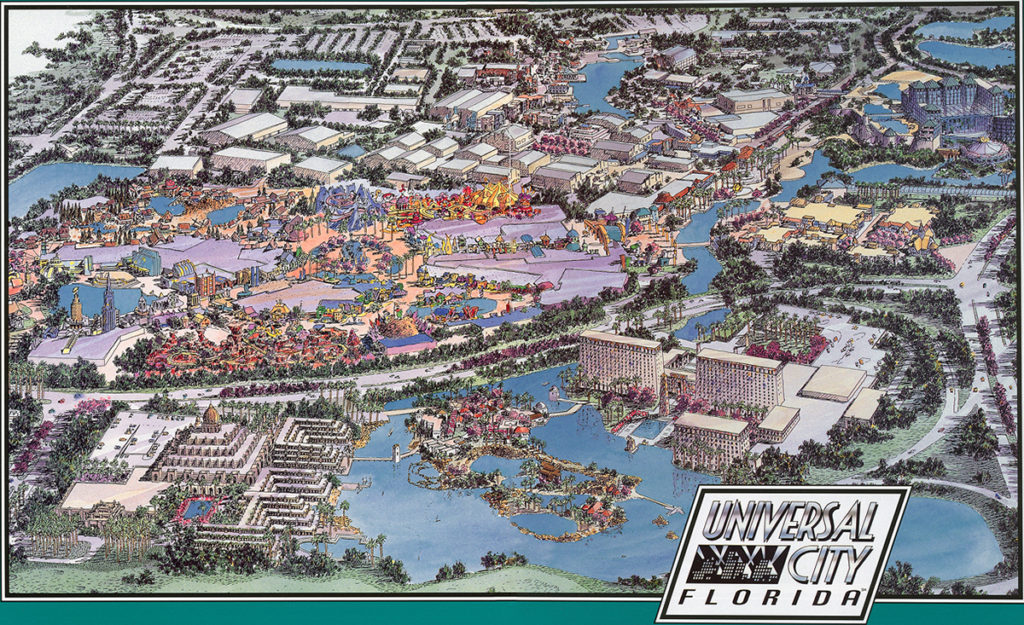
Their first move we know well, because Phase I of Universal’s Millennium-era expansion came to be… even if it changed forms along the way. Since Disney had stolen Universal’s Studio Tour out from underfoot and used it to power their own studio park, Universal’s initial plan was to likewise use Disney’s M.O. to shape their next.
As far back as the early ’90s, Universal had been negotiating with various rightsholders to assemble the ingredients of a concept park known as “Cartoon World” – where a timeless, intergenerational collection of characters like Batman, Superman, Bugs Bunny, Dudley Do-Right, Popeye the Sailor, and the Cat in the Hat together could challenge Disney’s dominance in the family market.
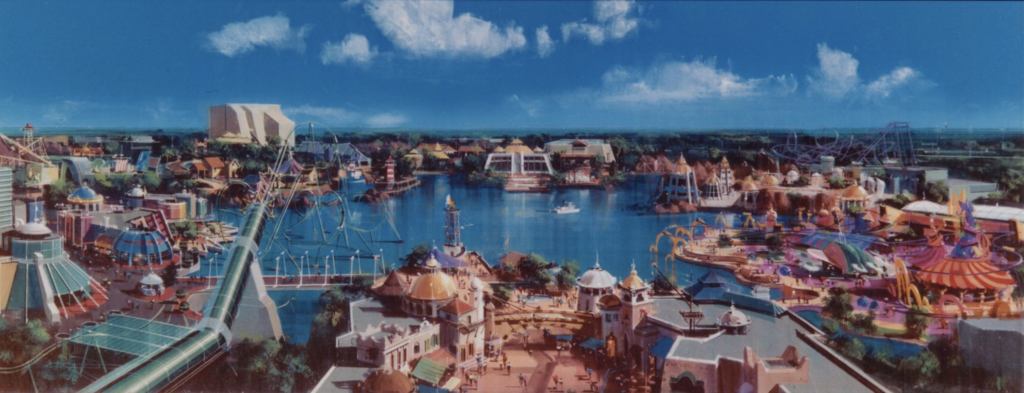
A falling out with Warner Bros. (and, if you believe the rumors, a mass exodus from Disney Imagineering) saw “Cartoon World” reshaped by the subtraction of DC Comics and Looney Tunes and the fortunate addition of Marvel, Jurassic Park, and a land of legends, creating the second gate concept we know: Islands of Adventure.
And make no mistake: the threat of an all-star, from-scratch, 21st-century park packed with technology-fueled Modern Marvels: The Amazing Adventures of Spider-Man, Jurassic Park River Adventure, Poseidon’s Fury, Dueling Dragons, The Cat in the Hat, and Dudley Do-Right’s Ripsaw Falls was enough to grab the attention of Disney. Even in the late ’90s – when Imagineering was plagued by cancellations, closures, and cost-cutting, several very high profile concepts were developed for Walt Disney World just in case this Islands of Adventure really did live up to the hype…
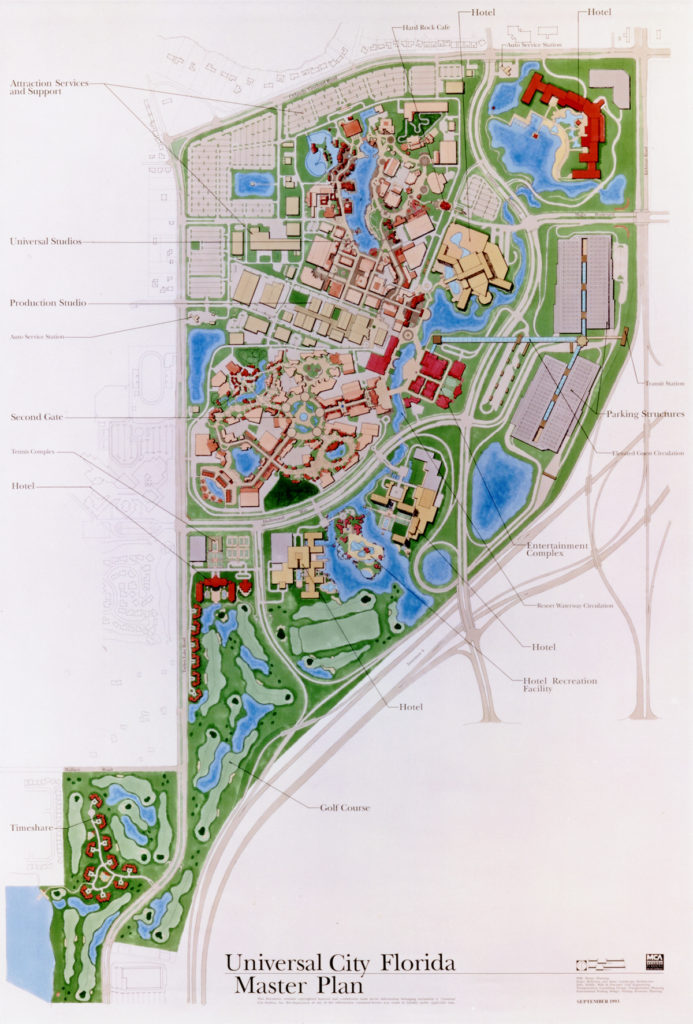
But just as important is what happened around Universal Studios and its walkable sister. Seemingly overnight, the single Studios park and its blacktop parking lot became a new transportation hub and 10,000 space parking deck that fed visitors into a retail and dining district with mirrored portals to two theme parks; around the resort’s perimeter, the first hotels arrived with parcels set aside for future hotel capacity, filling or at least earmarking nearly all of Universal’s real estate between I-4, Kirkman Road, Vineland Road, and Turkey Lake Road. Today, you could easily argue that Universal’s model of a walkable, pedestrian-friendly, automobile-free, interconnected destination is far closer to the 21st century ideal that Disney World’s sprawling resort with its blacktop parking lots, highways, and piecemeal transportation systems.
Universal’s all-at-once ascendence from a single theme park to what we’d now easily identify as a multi-park “Resort” was impressive. Likewise, Islands of Adventure itself stood to be a real game-changer in the Orlando area… so much so that even a wary Walt Disney Company was readying to mobilize against it. And if all had gone according to plan, Universal’s groundbreaking, attention-grabbing second gate would only be the start of the company’s rise in Orlando…
Step 2: The South Complex
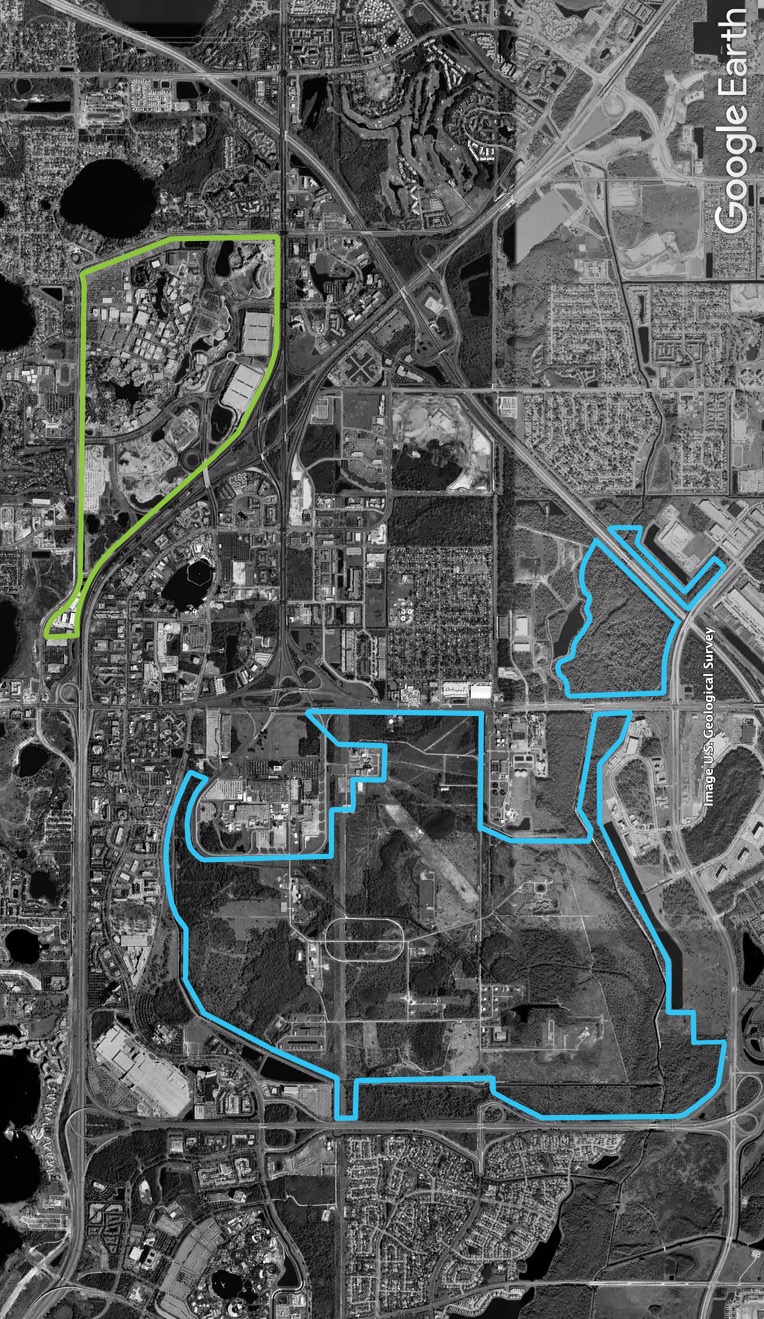
What you might not know is that as part of the same massive, all-at-once, master-planned growth spurt that created Islands of Adventure, Universal also purchased 2,050 acres of land southeast of that built-out core. For $208 million (nearly $100,000 per acre), the real estate Universal purchased between Sand Lake Road and Universal Blvd. in the ’90s was one of the most expensive land buys in Florida’s history. (By comparison, Disney spent about $200 per acre to acquire their land in the ’60s.)
But by acquiring the land from aerospace and defense technology company Lockheed Martin, Universal gained the ability to more than double their footprint in Orlando. And in fact, Universal expected to use this “South Complex” to house a third and fourth theme park, as well as 10,000 additional hotel rooms over the ensuing decades. At full build-out, this multi-park complex would have as many theme parks and nearly as many hotel rooms as Walt Disney World does today, just split between a compact “North Complex” and a “South Complex” connected by Universal Blvd.
Reportedly, Universal spent millions of dollars on the initial site prep for its newly-acquired property in the late ’90s (including the costly clean-up of the toxic remains of the site’s former owner). But the South Complex went south… Why?
Escape & Retreat
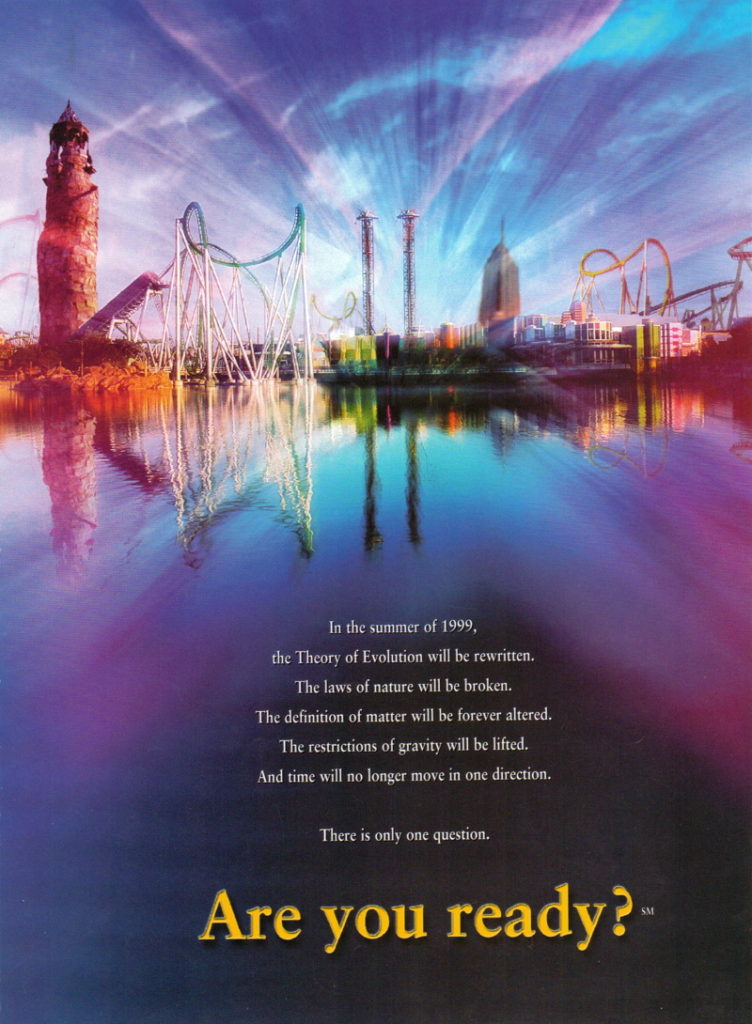
It turned out that Islands of Adventure wasn’t the hit Universal had anticipated.
Sure, Islands of Adventure was a jaw-dropping, pulse-pounding, ultra-ambitious outing. Universal’s first try at breaking away from the “studio” aesthetic, the park was bright, bold, immersive, kinetic, thoughtful, and timeless in a way few but Disney Imagineering had accomplished before. It included an all-star IP list including Spider-Man, Jurassic Park, and The Cat in the Hat. It was packed with groundbreaking dark rides, thrilling coasters, and incredible environments… and smartly, it avoided the allure of flavor of the week movies in favor of intergenerational stories. So what went wrong?
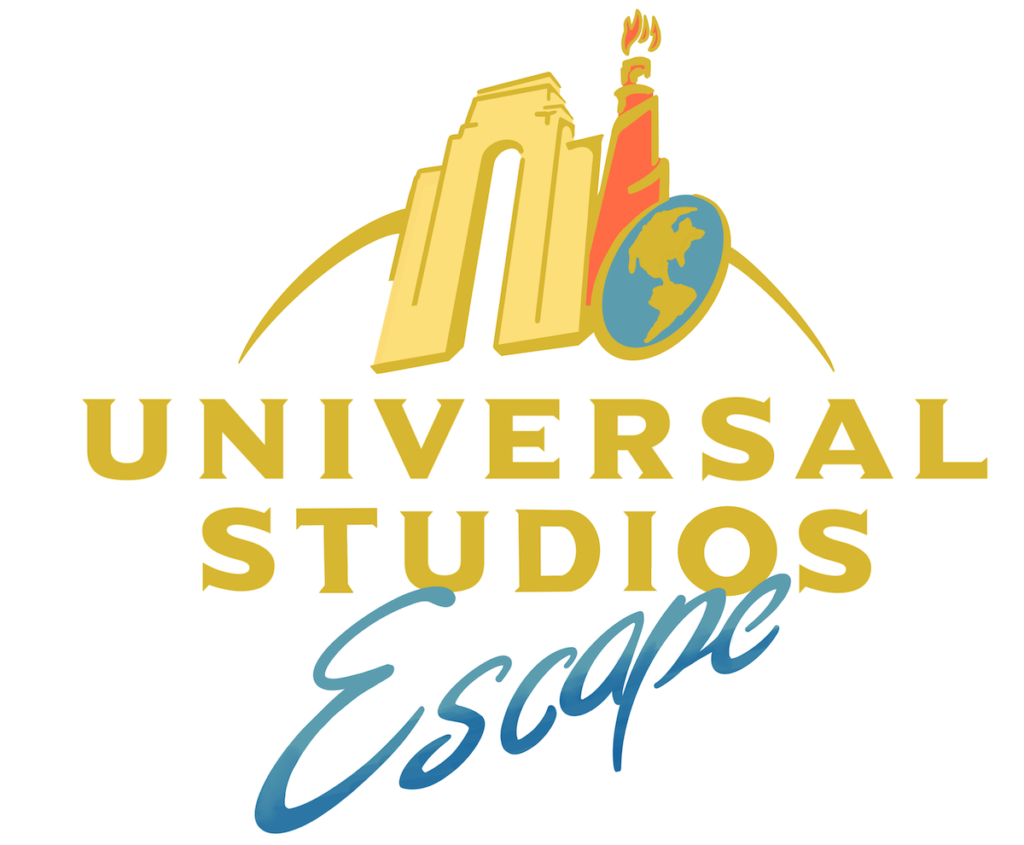
Islands of Adventure’s initial underperformance is often blamed on a failure of branding. A national marketing campaign was built around the newly-designated “Universal Studios Escape” – ostensibly, the name of the new, multi-park, multi-day complex that included the original “Universal Studios Flordia,” the new “Universal Studios Islands of Adventure,” and the new retail district connecting them, “Universal Studios CityWalk.”
Highlighting Spider-Man, Terminator, and Jurassic Park (below), the campaign was filled with radical ’90s awesome-ness and marked by the mysterious, intriguing tagline, “Are you ready?” But even as “Universal Studios Escape” commercials were practically beamed directly into the brains of Millennials in the ’90s and plastered across Slime Time Live, Legends of the Hidden Temple, and other Nickelodeon favorites, they largely failed at their primary responsibility…
The campaign failed to convey what, why, and where “Universal Studios Escape” was. How was “Universal Studios Escape” different from “Universal Studios Florida”? Had the park been renamed? Why? What, exactly, were the new “Universal Studios Islands of Adventure” – rides? A show? A waterpark? A tie-in television series or comic book line? And for that matter, why would we want to “Escape” Universal Studios?
Altogether, the “Universal Studios Escape” campaign is remembered as one of the most consequential and damaging branding “flops” in the industry. In 2000 – its first full year of operation – the brand-new, cutting-edge, big-budget Islands of Adventure reportedly saw only 6 million guests… far fewer than its own sister park, Universal Studios (8.1 million) or Disney’s lowest performer, Animal Kingdom (8.9 million) the same year. Universal’s unfathomable investment in its all-at-once, multi-park growth spurt looked a whole lot like a failure.
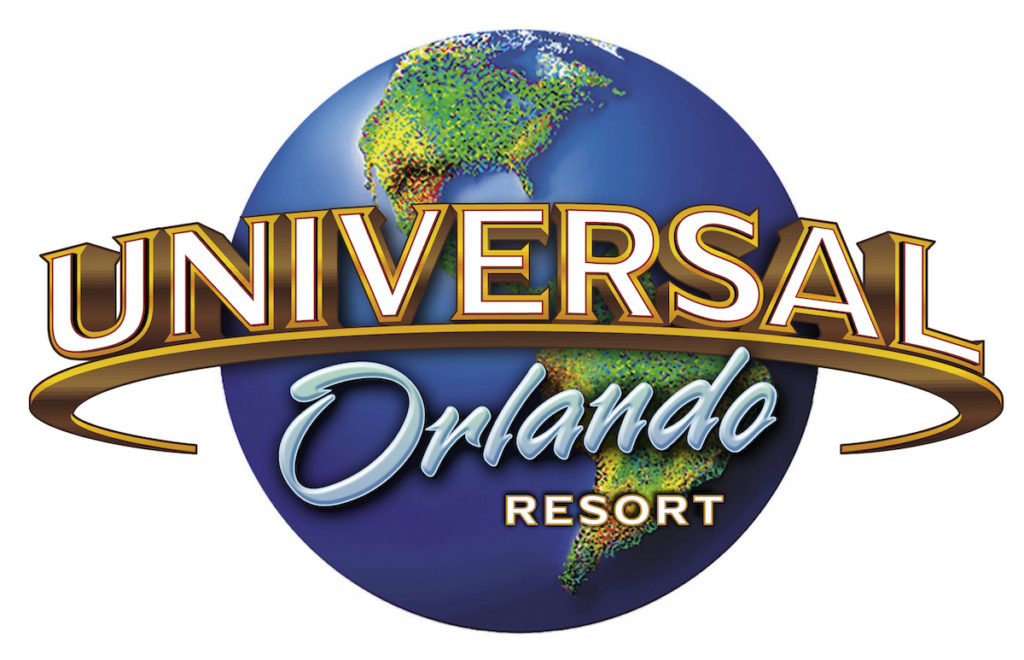
By 2000, the “Universal Studios Escape” moniker had been entirely phased out. In its place rose “Universal Orlando Resort” (answering the where and what) with Universal Studios Florida and the possessive Universal’s Islands of Adventure nested beneath. The naming conventions Universal settled on – “Resort” as a multi-park entertainment destination and “Universal’s” as an official prefix – are, of course, industry standard today (Disneyland Resort; Disney’s Animal Kingdom, etc.), but were hard-fought and learned by Universal via the School of Hard Knocks.
Even if the re-rebranding had done its job of more clearly establishing what Universal had to offer, the September 11th terrorist attacks of 2001 cooled nearly all global interest in tourism. The result was a multi-year downturn in attendance across Orlando’s theme parks that ensured Islands of Adventure and the expanded Universal Orlando Resort would remain undervalued for years to come.

This much was clear: Universal wouldn’t be needing that “South Complex” anytime soon. And as “luck” would have it, for a brief period in the early 2000s, Universal was owned by a French media company called Vivendi. The combined enterprise (called, of course, Vivendi Universal) was weighed down in debt and stricken with massive financial losses right out the gate.
So in 2003, Vivendi Universal sold nearly all of the “South Complex” land – 1,800 acres – for a massive loss: a meager $70 million. ($39,000 per acre versus the $100,000 Universal had paid to acquire the property just a decade earlier.) Unsurprisingly, the $70 million payout was far from enough to course-correct for the over-expanded French company. Vivendi sold 80% of Universal to GE the very next year, forming NBCUniversal. Vivendi relinquished the rest of its shares in 2011.
With the only land available for expansion sold, it seemed that Universal’s hopes for any additional theme parks in Central Florida were officially dashed. So what finally tipped Universal into needing a third park? How did they find room for it? And will the third time be the charm when it comes to Universal’s attempts to take on Disney? Read on as we explore the situation that made Epic Universe possible… and why we think this time, Universal’s stars may have really aligned…



FYI: While not on property, a train station will still be built close enough to WDW (known as the “South International Drive” station.)
Guests will still be able to take the train from the airport to WDW, although it may not be as seamless as if it were directly on property.